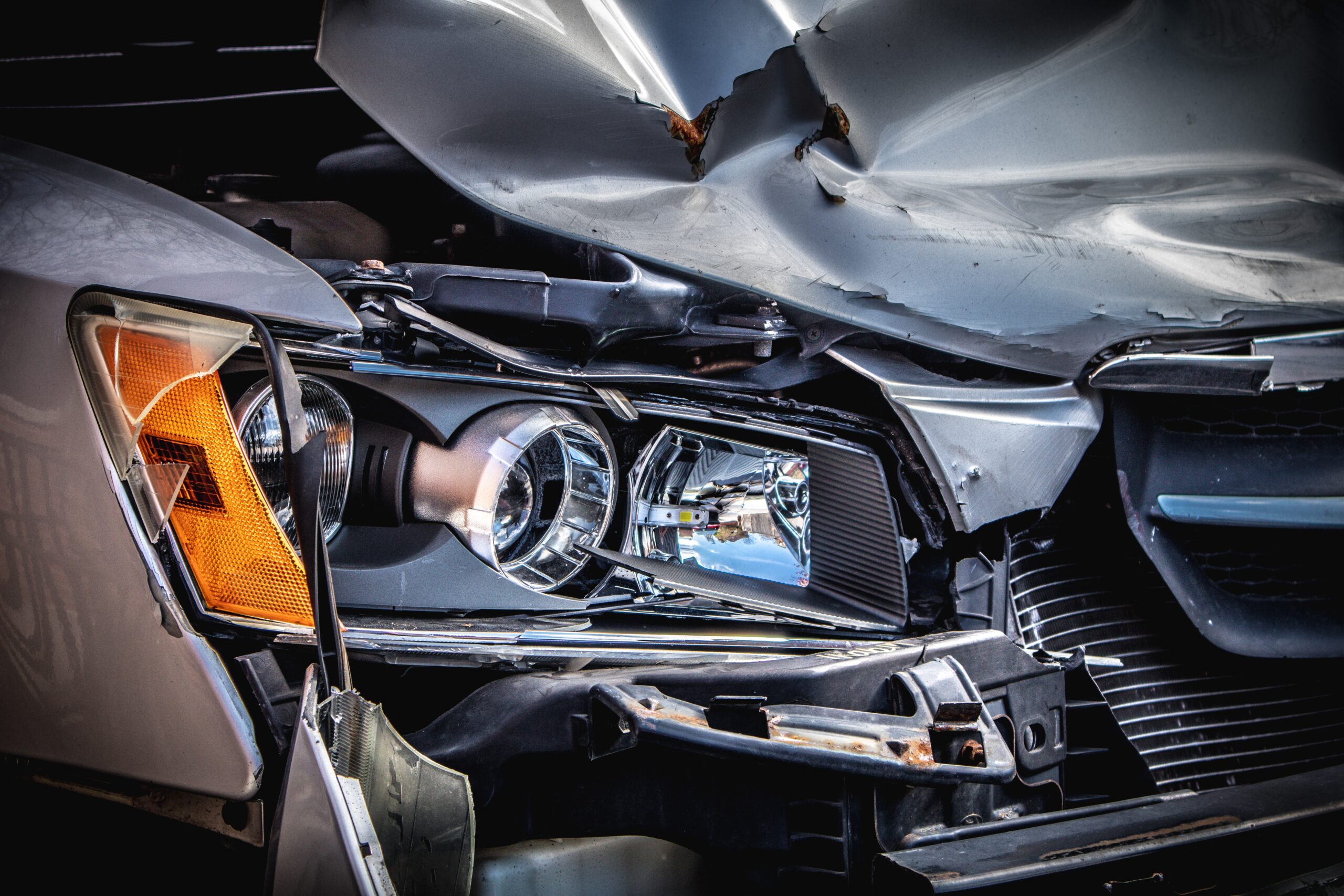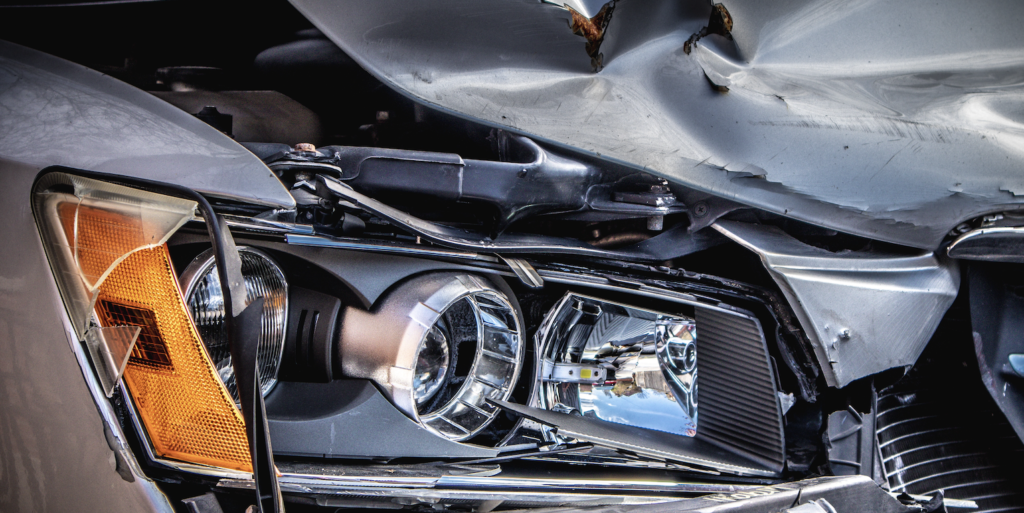Car accidents can be devastating, leading to physical injuries, emotional trauma, and financial loss. If you suffer an injury in an accident due to another driver’s negligence, you may be eligible to initiate a personal injury lawsuit. However, proving driver negligence can be challenging, requiring extensive evidence and legal expertise. Here are a few steps to prove driver negligence in a car accident case.

What Is Driver Negligence?
Driver negligence refers to the failure of a driver to exercise reasonable care while driving, resulting in harm or injury to others. It’s essential to demonstrate that the inactivity or choice of another individual led to your anguish and distress to establish you’re a victim of negligence. Typically, this entails proving that the opposing driver’s conduct was thoughtless or rash in motor vehicle accidents.
Proving culpability based on negligence isn’t straightforward, so seeking advice from a qualified personal injury lawyer in Charleston specializing in severe injuries before engaging with the other driver’s insurance company may be advantageous.
How To Prove Driver Negligence?
In constructing a complete negligence claim, providing proof of negligence is crucial, and failure to furnish evidence could jeopardize your prospects of obtaining adequate compensation. Here’s how to prove a driver’s negligence in a car accident.
- Gather Evidence
The first step in proving driver negligence is to gather evidence. Several types of evidence can be valuable in establishing a negligence case. They include:
- Other party confessions: After a car accident, the driver at fault may admit their negligence. Suppose the other party admits to causing the accident or engaging in behavior that contributed to the accident. In that case, this can help establish their liability and strengthen the plaintiff’s claim for compensation.
- Photos: Pictures can be useful by providing evidence of the severity of the accident and the force of impact, as well as supporting witness and expert testimony. It also helps establish the cause and contributing factors of the accident through images of skid marks, debris, and road conditions. Additionally, photos of injuries sustained can help establish damages in a personal injury claim, making them an essential tool for building a strong case in court.
- Testimony from a witness: The statement of an unrelated witness can provide an independent account of the events leading up to and following the accident. Witness testimony can also establish crucial details, such as the speed of the vehicles, the drivers’ actions, road conditions, or distractions, which can help determine liability in the case.
- Medical records: Detailed medical records can provide evidence of the injuries sustained and the treatment received for those injuries. Medical records can also establish a clear timeline of the recovery process, including the extent of medical intervention required, which can help determine the damages owed in a personal injury claim.
- Video: Visual recording can provide compelling evidence, including the drivers’ actions, to help establish negligence. Footage from dash cameras or security cameras at nearby businesses can provide a clear view of the accident, capturing details that witnesses may have missed.
Documenting as much information as possible is essential, as this evidence will be crucial in establishing the other driver’s negligence.
- Prove Duty Of Care
The next step is to prove that the other driver had a duty to exercise reasonable care. All drivers must exercise reasonable care while driving. This includes following traffic laws and avoiding actions that could cause harm to others. Hence, you must show that the other driver was responsible for driving safely and avoiding causing harm to prove duty of care.
- Breach Of Duty
The third step involves demonstrating that the other driver breached their duty of care. This means showing that they failed to exercise reasonable care while driving, which caused the accident. Breach of duty can take many forms, including the following:
- Distracted driving
- Speeding
- Road rage
- Tailgating
- Driving under the influence of drugs or alcohol
The evidence gathered in step one will be essential in demonstrating the other driver’s breach of duty.
- Establish The Cause
The fourth step is to prove that the other driver’s breach of duty caused your injuries. This means demonstrating that the accident would not have occurred if the other driver had exercised reasonable care. This can be challenging, as other factors, such as poor weather conditions or faulty road design, may contribute to the accident. However, it’s possible to establish causation with the proper evidence and legal expertise.
- Damages
The final step is to show that you suffered damages from the accident. This includes physical injuries, emotional trauma, and financial loss. You must provide evidence of your damages, such as medical bills, lost wages, and psychological evaluations. The more evidence you have of your damages, the stronger your case will be.
Conclusion
Car accidents can be life-changing, leading to physical injuries, emotional trauma, and financial loss if you’ve been involved in a car accident due to another driver’s negligence. However, proving driver negligence can be challenging, requiring extensive evidence and legal expertise. By following the steps outlined above and seeking the advice of an experienced car accident attorney, you can increase your chances of obtaining the compensation you deserve.

